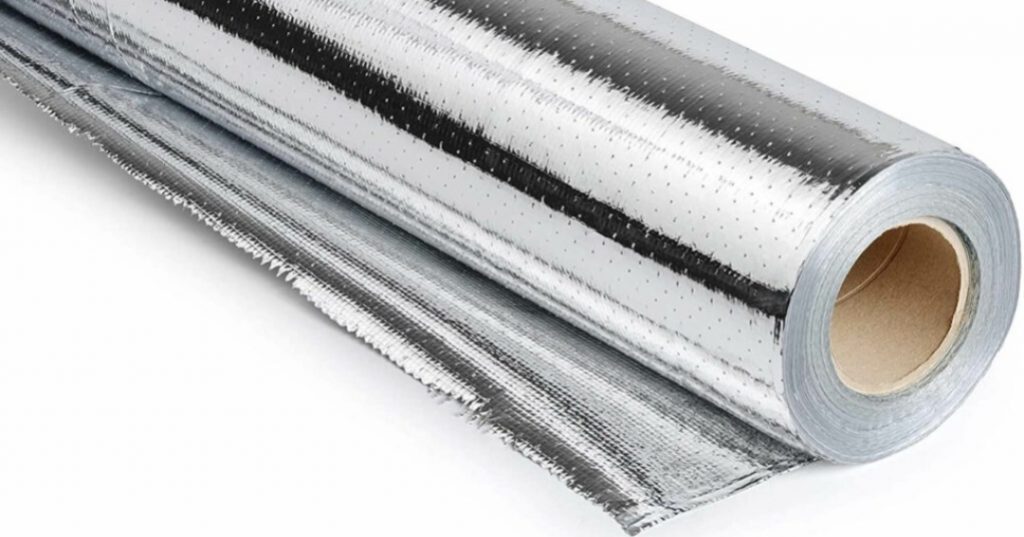Yes, the effectiveness of radiant barriers is supported by research. Numerous studies and research efforts have investigated the impact of radiant barriers on reducing heat transfer in buildings, particularly in attics. While individual studies may vary in methodology and specific conditions, there is a body of research that generally supports the effectiveness of radiant barriers in certain applications.
Here are some key points from research studies:
- Florida Solar Energy Center (FSEC) Studies: The FSEC has conducted research on the performance of radiant barriers in hot climates. Their studies have shown that radiant barriers can reduce attic temperatures, thereby decreasing heat gain and potentially lowering cooling costs.
- Oak Ridge National Laboratory (ORNL) Studies: Research from Oak Ridge National Laboratory has explored the impact of radiant barriers on building energy performance. Their studies indicate that radiant barriers can be effective in certain situations, particularly in warm climates with high solar radiation.
- ASHRAE (American Society of Heating, Refrigerating and Air-Conditioning Engineers) Publications: ASHRAE publications include information on reflective insulation and radiant barriers. These resources often reference studies and provide guidance on the use of radiant barriers in building design.
- Government and Energy Organizations: Various government and energy organizations, including the U.S. Department of Energy, provide information on the benefits of reflective insulation and radiant barriers for improving energy efficiency in buildings.
- Testing and Certification: Radiant barrier products are often subjected to testing and certification to validate their performance claims. Testing may include assessments of reflectivity, emissivity, and overall thermal performance.
For more information: 972 836 4829

